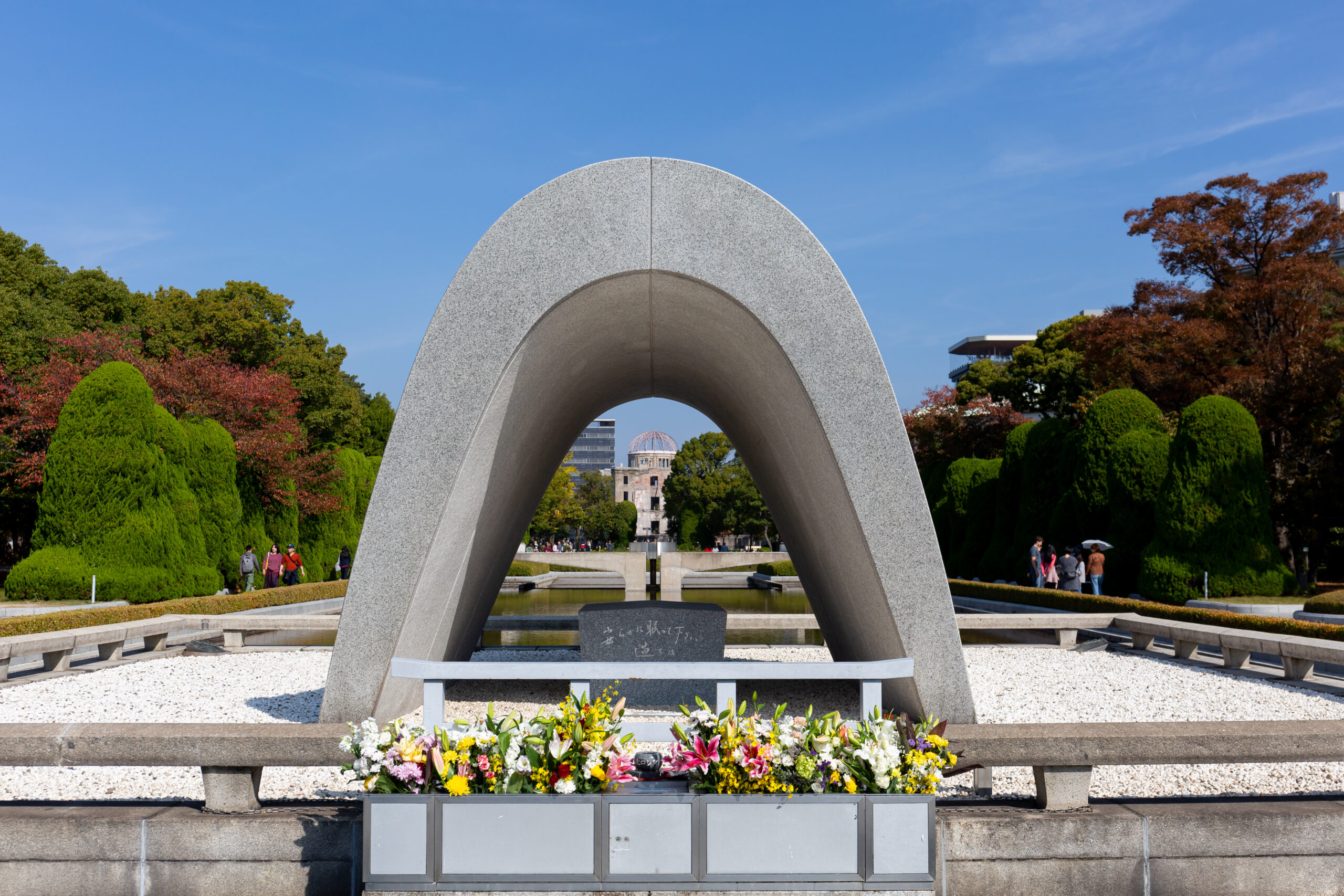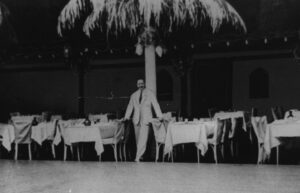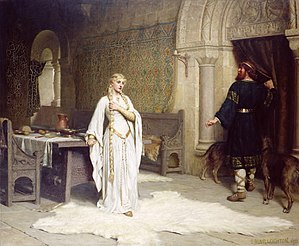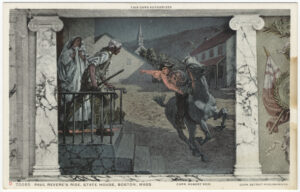
A Spaniard in the Far East
August 6, 1945. An atomic bomb explodes over Hiroshima. August 9, 1945. A second atomic bomb explodes over Nagasaki. These events directly lead to the end of World War II less than one month later. While the estimates vary greatly, at least 20 million military personnel and over 40 million civilians were lost in WWII. Japanese occupation forces in China were responsible for the deaths of 3 million soldiers and over 10 million civilians.
At Hiroshima, approximately 140,000 died with the blast of Little Boy with an additional 70,000 later passing from radiation poisoning and cancer attributed to the bomb. For Nagasaki, the numbers are 40,000 dead due to the blast and another 40,000 later deaths from the Fat Man bomb. I cannot imagine the moral debate which had to unfold to determine dropping nuclear weapons on civilian centers. The bombs brought a swift end to the war, ended Japanese use of biological and chemical weapons, stopped further genocide, and avoided the planned invasion of mainland Japan with anticipated six figure fatalities. And still, leaders needed to decide whether to obliterate civilian populations of two cities. Humanity should never be in a position to confront such Hobson’s Choices.
There is no celebration with the anniversaries of the bombings of Hiroshima and Nagasaki. There may be relief in what was definitely avoided. Soldiers and their loved ones may have gratitude for the end of conflict. There may be sadness for lives lost. Hiroshima and Nagasaki should stand as reminders of precisely where the atrocities of WWII lead us.
This year, I was determined to find some different way to remember these events. I discovered Pedro Arrupe. Pedro studied medicine in his homeland of Spain where he grew up among the elite of society. Although an excellent medical student, he left school to become a Jesuit priest, and he did complete a doctorate in Medical Ethics.
In the late 1930s, the Jesuits assigned Father Arrupe to missionary work in Hiroshima, Japan. Arrupe did not believe that he connected with the Japanese community and he considered seeking a different post. On December 8, 1941, the day after the Japanese struck Pearl Harbur, the authorities arrested Father Arrupe while he celebrated mass. Father Arrupe was imprisoned and charged with being a spy (imagine that, detaining someone who does not look like you and raising suspicion just because they look different — good thing no one was ever interred here in that way!).
On Christmas Eve, while still imprisoned, the very few converts and supporters of Father Arrupe gathered outside his cell and sang Christmas carols. This gesture to console the very person whose job it was to console others renewed Arrupe’s faith and convinced him to remain in Hiroshima after his release one month later.
Father Arrupe resided with other missionary priests just outside Hiroshima. He recalled August 6, 1945 in the following way: “The pendulum stopped, and Hiroshima remained engraved in my mind. It has no relation with time. It belongs to motionless eternity.”
With Arrupe’s residence just beyond the core blast zone, but still heavily damaged, authorities told Father Arrupe and his colleagues not to enter the blast zone as there is a gas in the air that kills for another 70 years. Father Arrupe’s response:
“It is at such times one feels most a priest, when one knows that in the city there are 50,000 bodies which, unless they are cremated, will cause a plague. There were besides 120,000 wounded to care for.
Of course, when one is told that in the city there is a gas that kills, one must be very determined to ignore that fact and go in. And we did.”
Father Arrupe and his seven brother Jesuit priests converted their novitiate into a makeshift trauma center. As front line workers, they immediately recovered and treated 200 injured people and then addressed scores more thereafter. Arrupe, with his medical training, instructed others how to provide care. These caregivers proceeded with no concern for their own well-being.
There it is! Humanity, sacrifice and compassion. Even in some of the darkest moments in human history, we can discover stories confirming these traits. Father Arrupe, with his medical training and compassion as a missionary priest, survived an atomic explosion and lead a recovery effort. Father Arrupe, the person who despondently almost gave up his mission just a few years before, became the right person at the right time, in part, due to Christmas carols.
I have always heard that only cockroaches and lawyers could survive a nuclear blast. That may be true, but we need to add the human spirit to the equation.




